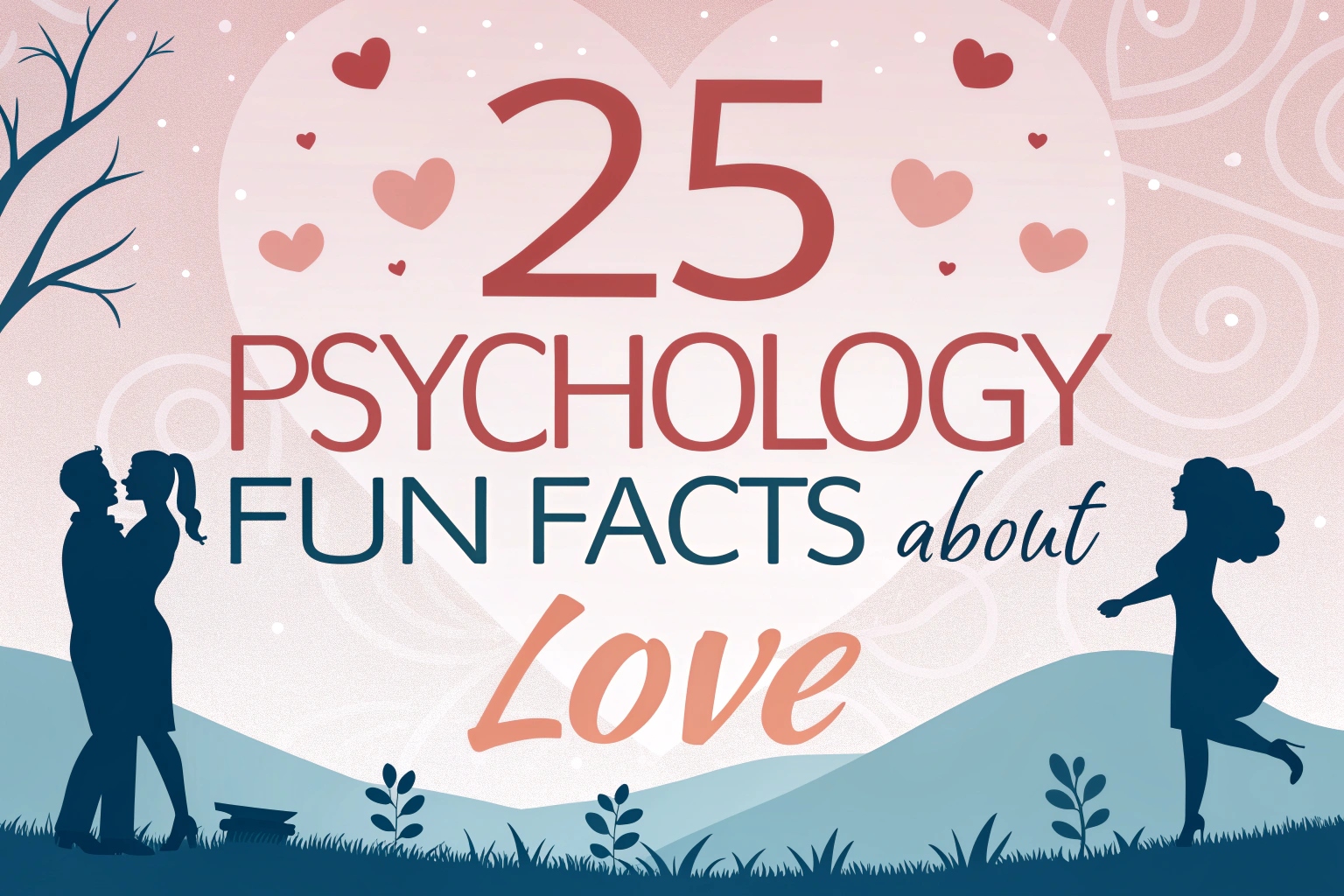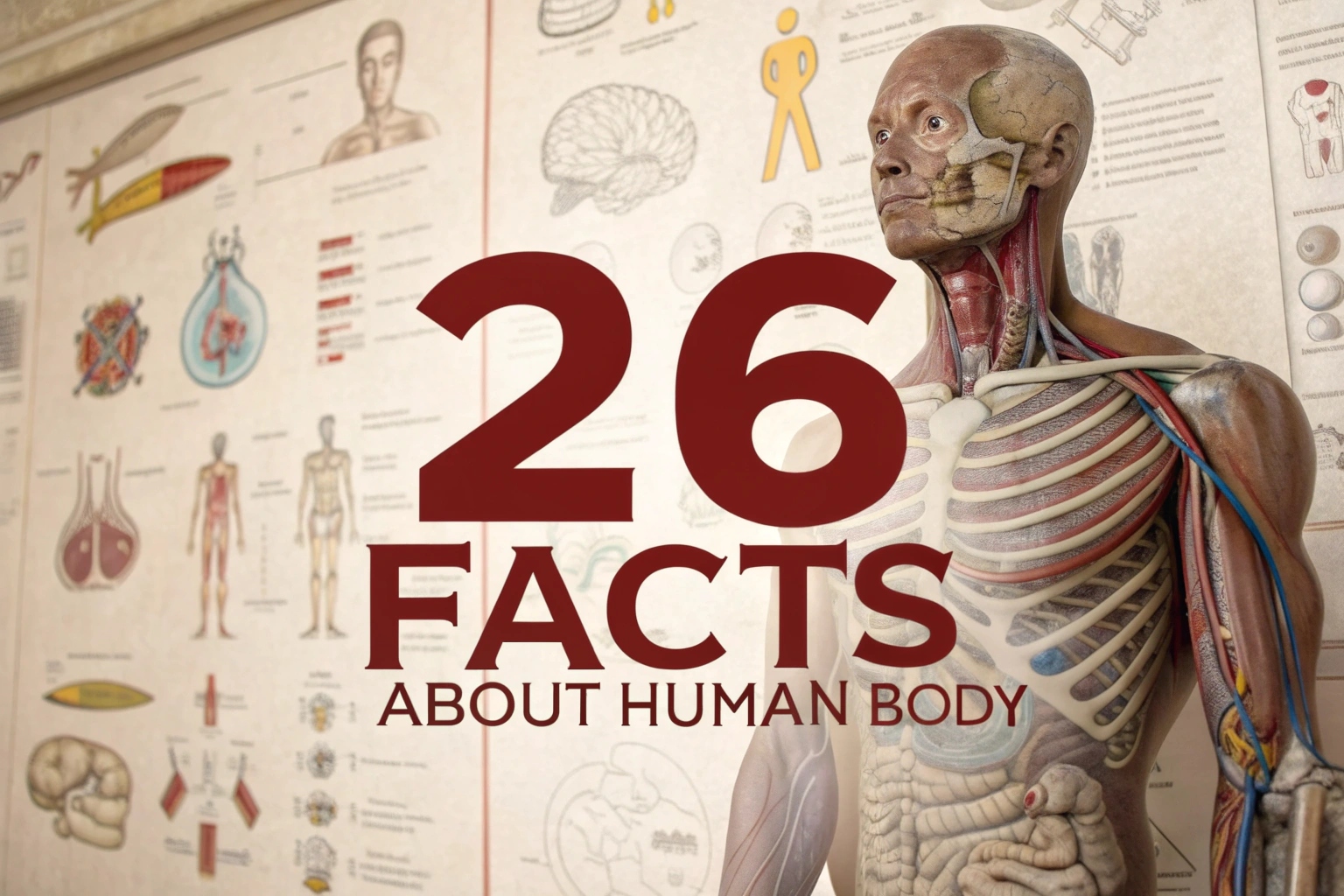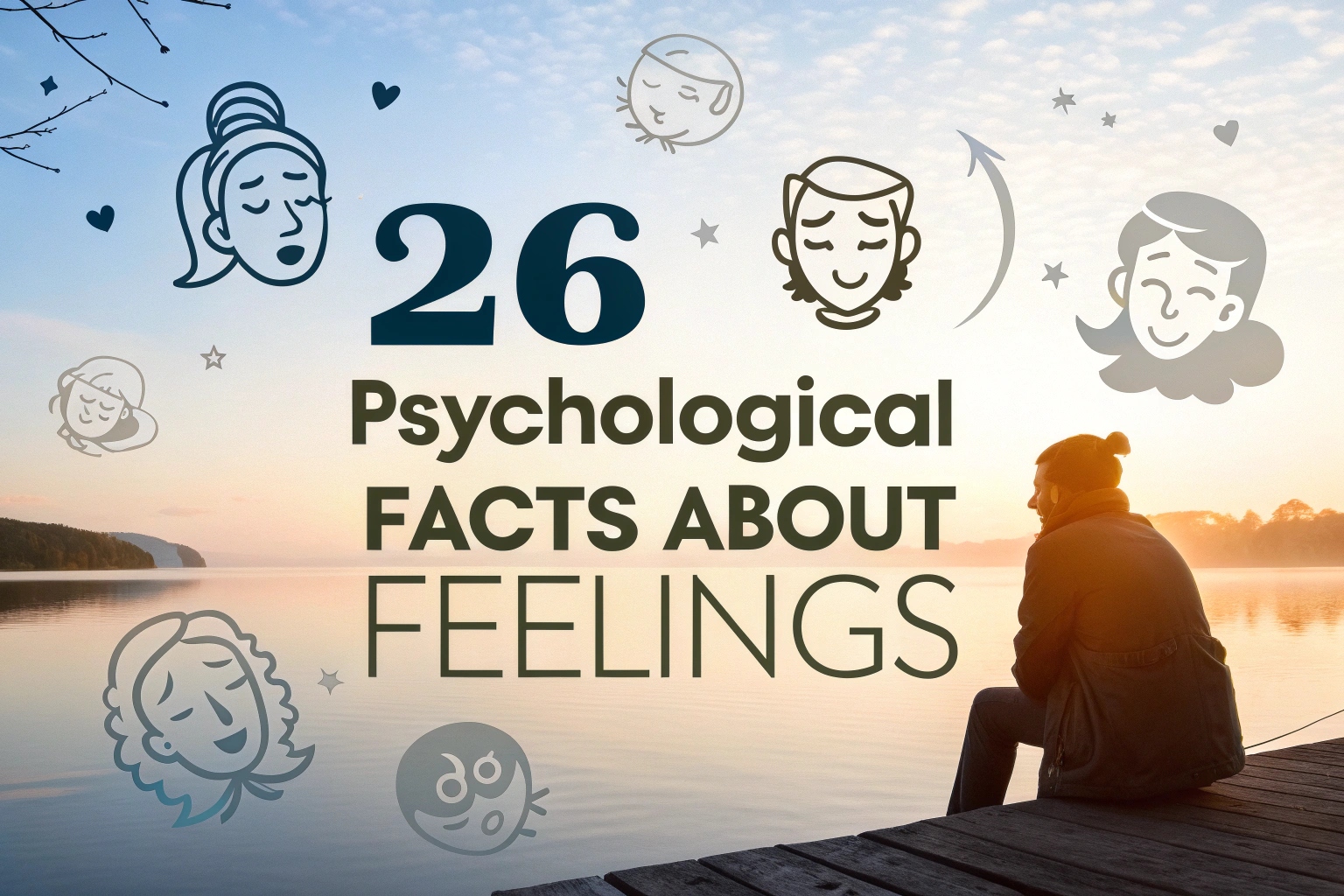This Valentine’s Day, delve into the enchanting history of the first Valentine’s card. The tradition of exchanging love messages on February 14th has been a cornerstone of modern romance for centuries. From its origins to its evolution, the first Valentine’s card has a captivating story to tell. Let’s explore the fascinating facts surrounding this iconic symbol of love.
1. The Mysterious Creator
The first Valentine’s card is often attributed to Charles, Duke of Orleans, who wrote a poem to his wife in 1415. However, the true creator of the first mass-produced Valentine’s card remains a mystery, leaving room for speculation and intrigue.
2. Medieval Love Letters
The earliest known Valentine’s cards were handmade and exchanged between lovers in medieval Europe. These letters often featured intricate illustrations and heartfelt poems, showcasing the deep affection and passion of the sender.
3. The First Printed Card
In 1790, a British publisher named John Fairburn created the first printed Valentine’s card. This marked the beginning of a new era in Valentine’s Day celebrations, making it possible for people to express their love and affection through mass-produced cards.
4. Hand-Painted Masterpieces
Before the advent of printed cards, Valentine’s cards were often hand-painted by skilled artists. These exquisite creations featured delicate watercolors, intricate lace, and other ornate details, making each card a unique and precious treasure.
5. Lace and Ribbons Galore
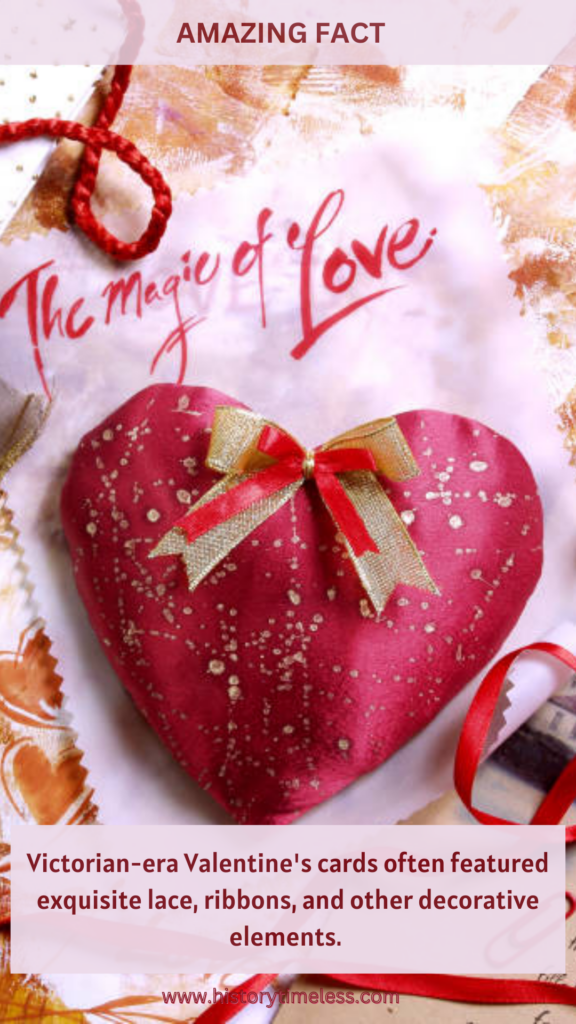
Victorian-era Valentine’s cards often featured exquisite lace, ribbons, and other decorative elements. These embellishments added a touch of elegance and sophistication to the cards, making them even more special and cherished.
6. The Rise of Valentine’s Card Industries
By the mid-19th century, the production of Valentine’s cards had become a thriving industry. Manufacturers like Esther A. Howland and George C. Whitney created elaborate and beautiful cards that captivated the hearts of people around the world.
7. Esther Howland’s Innovative Designs
Esther A. Howland, known as the “Mother of the American Valentine,” revolutionized the industry with her innovative designs and production techniques.
Her cards featured intricate cut-outs, three-dimensional elements, and other unique details that set her apart from competitors.
8. The Language of Flowers
During the Victorian era, flowers and herbs were used to convey secret messages and express love and affection.
Valentine’s cards often featured illustrations of flowers, each with its own special meaning and significance, allowing lovers to communicate in a subtle yet powerful way.
9. The Art of Fraternal Love
Valentine’s cards were not only exchanged between romantic partners but also between friends and family members.
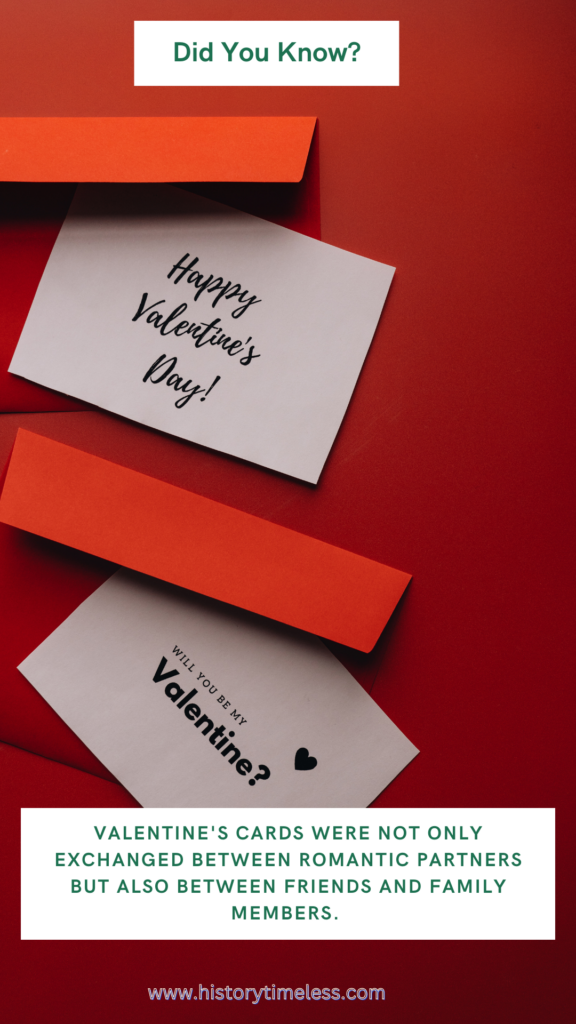
These fraternal Valentine’s cards expressed deep affection and appreciation, highlighting the importance of non-romantic relationships in our lives.
10. The Impact of the Industrial Revolution
The Industrial Revolution played a significant role in the mass production of Valentine’s cards. New technologies and manufacturing techniques enabled the production of high-quality cards at affordable prices, making them accessible to people from all walks of life.
11. Vintage Valentine’s Cards as Collectibles
Today, vintage Valentine’s cards are highly sought after by collectors and historians. These rare and exquisite cards offer a glimpse into the past, providing valuable insights into the social norms, cultural values, and artistic styles of bygone eras.
12. The Role of Valentine’s Cards in Social Etiquette
In the past, Valentine’s cards played a crucial role in social etiquette, particularly in the Victorian era. Exchanging Valentine’s cards was a way to express admiration, friendship, or love, while also following strict social rules and conventions.
13. The Advent of Comic Valentine’s Cards
In the late 19th and early 20th centuries, comic Valentine’s cards became increasingly popular. These humorous cards featured caricatures, jokes, and witty sayings, offering a lighthearted and playful alternative to traditional Valentine’s cards.
14. The Influence of Victorian Literature
Victorian literature had a profound impact on the development of Valentine’s cards. Authors like Shakespeare, Byron, and Dickens inspired the language and themes used in Valentine’s cards, which often featured quotes, poems, and references to literary classics.
15. The Evolution of Digital Valentine’s Cards
In recent years, the rise of digital technology has transformed the way we celebrate Valentine’s Day. E-cards, social media messages, and online greeting platforms have become increasingly popular, offering new and innovative ways to express love and affection in the digital age.
Embark on a Journey of Fascinating Truths:
15 Fascinating Truths About Valentine’s Day Origins
22 Little-Known Valentine’s Day Facts to Wow Your Friends
15+ Fun Valentine’s Day Facts That’ll Melt Your Heart

